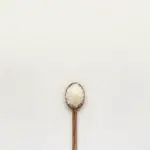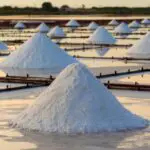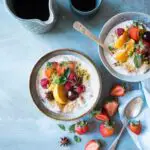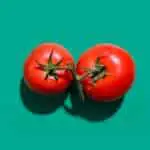Table of Contents
Beautiful plates and wild garnishes are the modern embodiment of home cooking euphoria
A Chef’s Canvas Has More Than 3 Dimensions
Brace yourselves, for you are in the midst of a revolution. The age of the home cook has arrived, and the once prestigious position of head chef no longer holds the admiration it once did — after all, we are all chefs in our own kitchens and you shouldn’t let anyone tell you otherwise.
The heights of culinary technique have slowly wrestled their way into our everyday cooking and are inspiring today’s amateur cooks to try almost anything. This is in no small part spurred on by the TikTok and YouTube pioneers, but that doesn’t mean we deserve the freedom we have.
With everything we have at our disposal in our kitchens, we are all still guilty of neglecting our presentation skills. But we don’t have to be.
Plated swathes of brown and grey mounds litter my Instagram feed, longing for a gentle garnish or pop of colour. But it never comes
The Five Virtues of Food Plating
Making your food look as astounding as it tastes is a learned skill and one that we each have to nurture in different ways and with different styles. You may appreciate a knife thrust through the body of a burger, with a handful of fries in a tiny fry basket, whilst others will gravitate towards the more minimal plates of purees and sauces.
Both types of plating are exciting in their own right, but which do you prefer?
But all of the basic techniques begin with these 5 fundamentals:
- Saucing
- Cleaning (The plate, not the floor)
- Positioning
- Colouring
- Calculating
Every composition of foods you will ever see will be made whilst considering these 5 pillars of creation.

Proper Plating Decrees That Sauce Belongs Everywhere
Even trying to ignore the idea that sauce is the best part of a dish (which it unequivocally is), you cannot deny the transformative power of a rich, vibrant swathe of colour on your plate. Even a dam-bursting amount of gravy can turn your Sunday roast from amateur to food-porn status.
And whilst you have to pay a certain level of attention to not over-sauce the plate, it is a small consideration when compared to not saucing at all. Herb sauces such as fresh Gremolata add a vibrant aspect of colour that adds fluidity to the plate without obscuring the main focus of the food.
It is important that we sauce our food, but also that we do not hide things beneath it — both for eating and for presentation.
Sauces and purees can also be used as an instruction; by placing a gentle stream of sauce between your guest and the focus ingredient, such as meats and fish, you almost guarantee that once they start eating they will drag the food across the sauce and complete your vision.
A Messy Plate Implies A Messy Chef
Seasoned chefs (not literally, don’t worry) have a superpower — they are able to wipe plates without smearing. Through their years of training and decades of wiping plates and bowl rims, they have developed the ability to not only sense when a sauce is going to run, but also how to best ward against it.

No one likes the pan-water that clings to vegetables, it gets everywhere and turns your crispy potato skins into a damp mess, so why do you put up with it? A quick wipe with the cloth will remove that swamp of despair from the equation and ensure that your diners get the best plate they can. And if you’re cooking for yourself then even better, because you deserve just as good an eating experience as anyone. More so.
Just because you aren’t cooking for guests doesn’t mean you shouldn’t care.
An excellent chef’s tip for avoiding extra meat juices on your plate is to gently pat your steaks when they are heading for the plate, not just before, as it will mop up the residual juice clinging to them and ensure a dry plate.
Position Everything in Your Mind, and Then on the Plate
You only get one shot with food, once it hits the plate it’s very hard to change your mind without starting again. You better make sure that you have an excellent vision for what you want the final appearance to be. At least there are some fundamental ideas that can help you decide.

Keep your food tight on the plate; spreading it out will lessen the impact it has and will deprive guests of the experience of discovery.
Slice meats across the bias and fan the slices out, this displays your interior perfection, whilst also keeping the food warm and attractive.
Vegetables, followed by meat, followed by herbs, followed by sauce — over and around
Contrast Brings, Well, Contrast!
Just like a painting, contrast is essential in creating the best plate of food you possibly can. A plate that is all one uniform colour can appear uninviting and bland.
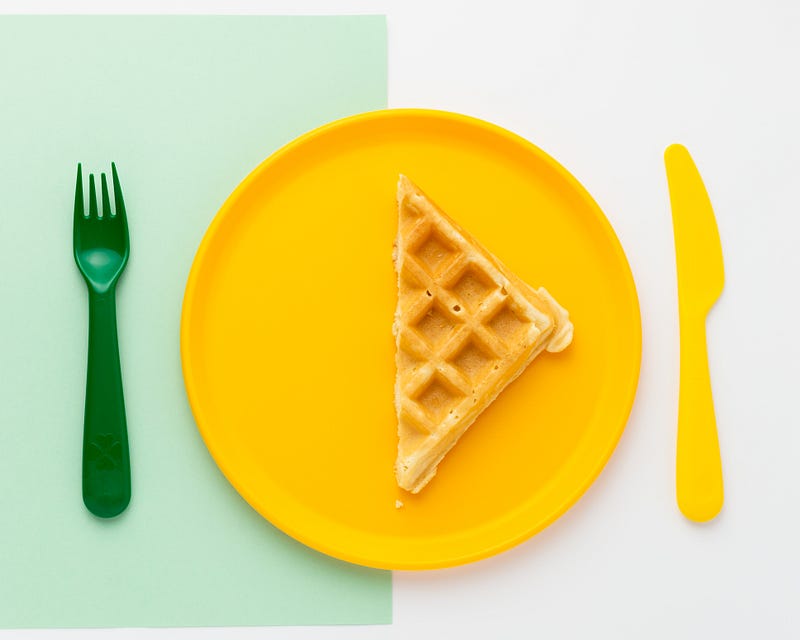
We eat with our eyes far before we eat with our mouth.
Instead, you should consider the effect of adding bright colours to your meals, even if it isn’t in the original recipe. Adding a small edible flower or garnish of complimentary herbs will elevate your plating technique to the next level and you may even find the extra taste is what was missing this whole time.
However, colour doesn’t only exist in your foods — the plate you choose can have an incredible impact on the final look of your meal. The colour, the shape and the size all play important roles in deciding how to appear to guests — use this power well and everything else will fall into place.
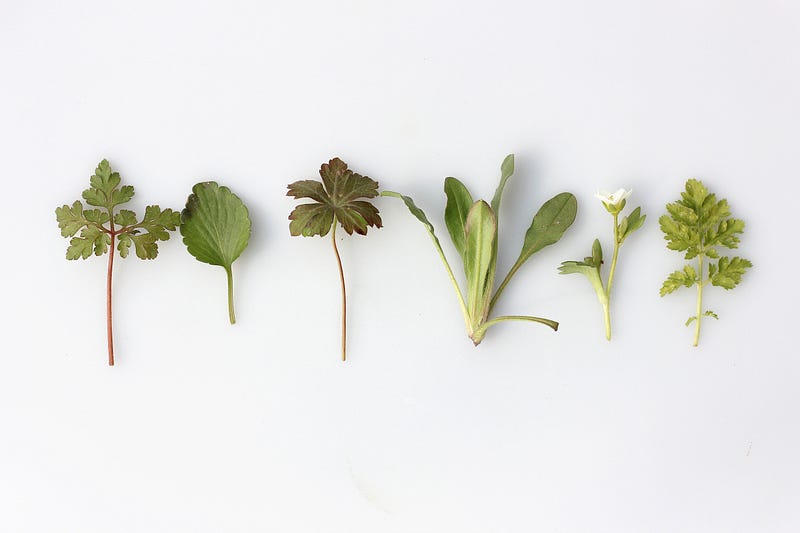
But if you don’t want to add extras to your plate, carefully consider the layout of foods on your plate, try not to place like-coloured foods beside each other, and instead arrange them so that you can maximise the contrast — even if it is very little.
Sometimes We Have To Sit Down and Think About How We Plate Our Food
One of the most valuable ways you can improve your plating skills is to simply think about what you want to do. If you want to impress, then add plenty of verticality and height to your preparation — guests will rarely see tall foods at home so they will immediately be awe-struck.
Consider a moment where you want to limit the spread of an ingredient on the plate, such as rice and potatoes; a small bowl is an excellent way to compress and contain the shape and still provide an excellent presentation and portion size.
And whilst also choosing the right plate, ensure that you don’t over-fill it. Obey the 60/40 split rule, where 40% of the plate is empty and serves only to enhance the appeal of what is already there. If you do this consistently, you will find that you can make almost any food look strikingly elegant.
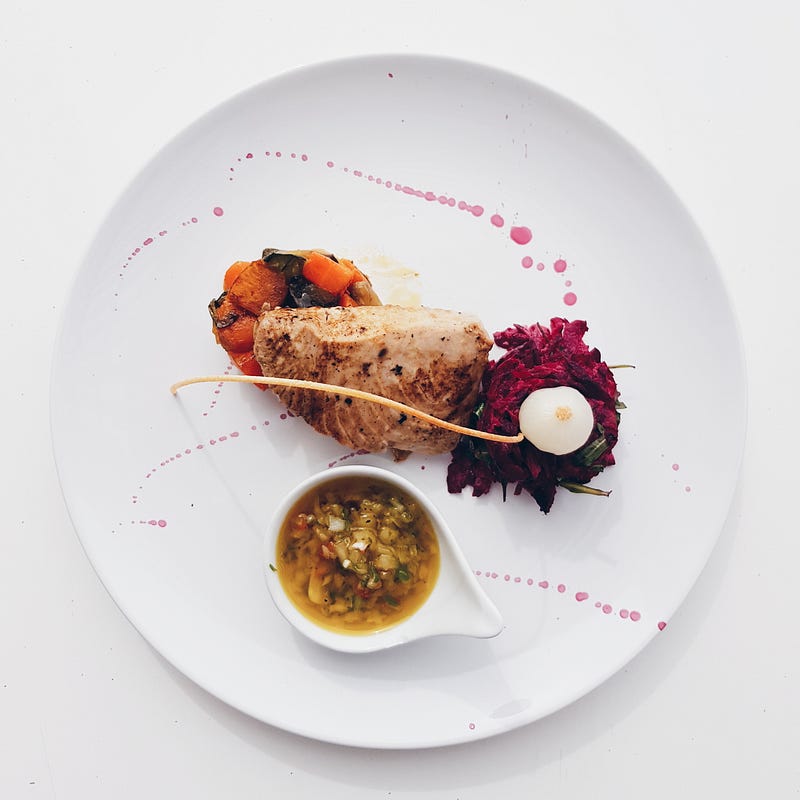
Food Deserves Care, Just Like Us. So Learn How To Plate Food Better!
Once you start considering not only the taste but the appearance of your food, you will develop a deeper appreciation for the wider culinary arts. The days after I started my plating journey I was creating new sauces just for their plate appeal, and then after a while, it became second nature to include a sauce with meals.
They looked naked without it.
Plus, you have to admit that it’s good for the ‘gram. And although I preach cooking for yourself over anybody else, it doesn’t mean you can’t share your food with the world and let them drool for a day.


